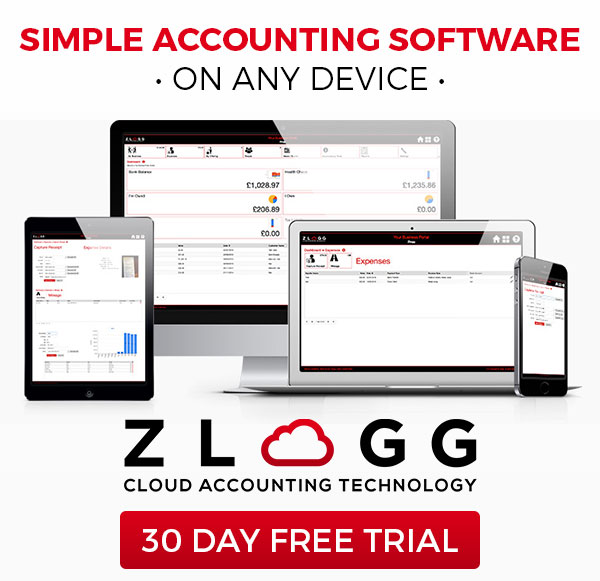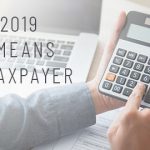What are Nominal Codes and How to Use Them
Nominal Codes (Also referred to as ‘Nominal Ledger Codes’) are specific codes assigned to each item of income/expenditure within your accounts, to help differentiate between their purpose. For example you would have one nominal code for ‘Hotels’ and another for ‘stationary’; if you stayed in a hotel you’d assign that expenditure the specific ‘hotel’ nominal code within your accounts, and if you bought some stationary for the office then that would be assigned the ‘stationary’ nominal code.
This categorisation enables you to very quickly and easily reference what each your income/expenditure was for, this is useful for 2 reasons:
- It makes it very easy to manage your business income/expenditure and find out where your business is spending most of its outgoings.
- When it comes time to complete your tax return it’s very easy to list your expenses within the proper tax return expense categories since they’re already listed with relevant nominal codes.
How to use nominal codes in your business
Generally speaking, medium to large-sized businesses will use nominal codes in order to keep up to date with their accounts, however I personally think it’s great practice to use nominal codes no matter what size your business is, even if you’re a sole-trader, since it really helps to keep your accounts categorised neatly.
So using nominal codes within your business accounts is very easy. If you use accounting software then it’s likely you’ll have pre-set nominal codes already built-in to the system which you can easily add to your income/expenditure items as you go. However if you are doing your accounting manually on spreadsheets then you can simply add a new column and then everytime you list a new item just remember to add a nominal code.
What numbers to use for your nominal codes
There is no specific set of numbers to use for nominal codes, (technically you can just make up your own codes if you want!) but there is a typical method of doing it:
Firstly, pick a specific range of digits to use for a main category type, for example:
1000 – 1999 = Purchases
2000 – 2999 = Utilities
Then within these ranges, add numbers for specific expenses within that category, for example:
1100 = Hotels
1200 = Office Stationary
So these are examples within the ‘Purchases’ range (1000 – 1999) but you would also follow this same format with all of your nominal code ranges.
This technique ensures that each expenditure item has it’s own specific nominal code but with an over-arching number range so you can easily see what that item was for (e.g. hotel) and that it falls within the overall category range (e.g. Purchases).














Share On